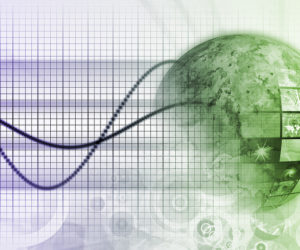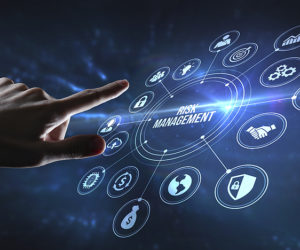
Sorry, your browser is not compatible with this application. Please use the latest version of Google Chrome, Mozilla Firefox, Microsoft Edge or Safari.
IT Content

Information Technology
The IRS relies heavily on IT systems to collect trillions in taxes and issue refunds, making modernization a critical mission priority. In FY2024, the agency reported most modernization projects were…
Learn More


Vision for the IC Information Environment: An...
The Intelligence Community (IC) provides the United States and its allies and partners with an unmatched decision advantage over adversaries. As an information-driven enterprise, infrastructure underpins success. The IC relies…
Learn More


Fulcrum: The Department of Defense Information...
The Department’s Fulcrum initiative embodies a bold IT advancement strategy, designed to harness the power of technology for transformative change. By prioritizing user experience, scalability, and cybersecurity, Fulcrum paves the…
Learn More


U.S. Department of Justice Information Technology...
The DOJ IT Strategic Plan for FY 2025–2027 outlines five core goals: enhancing service delivery, elevating cybersecurity, expanding innovation, advancing the workforce, and increasing financial transparency. The plan emphasizes the…
Learn More


Defending American Tech in Global Markets
Foreign governments are increasingly using “non-tariff attacks” to weaken U.S. technology companies through discriminatory fines, data localization mandates, and forced technology changes. These measures drain resources that would otherwise fuel…
Learn More


Still Insignificant: An Update on Concentration in...
Recent debates around antitrust policy often assume that market concentration in the U.S. economy is rising sharply. This paper examines updated Census Bureau data and finds that overall industry concentration…
Learn More


EU Should Improve Transparency in the Digital...
This report examines how the EU’s Digital Services Act (DSA) is reshaping transparency in online content moderation and what it means for free expression across the globe. While the DSA…
Learn More


Tip of the Iceberg
Debates about Big Tech often focus on market power and regulation, but this report highlights the far-reaching role these companies play in U.S. innovation, infrastructure, and security. Firms like Amazon,…
Learn More


Rethinking Antitrust: The Case for Dynamic...
This report explores how dynamic competition shapes innovation, pricing, and market power in the modern economy. Rather than focusing solely on traditional antitrust enforcement, it examines how new entrants, technological…
Learn More


How Chinese Online Marketplaces Fuel Counterfeits
Chinese e-commerce platforms like Temu, AliExpress, and SHEIN are facilitating the sale of counterfeit goods that threaten U.S. consumers, brands, and intellectual property. The Information Technology and Innovation Foundation (ITIF)…
Learn More


How Digital Services Empower SMEs and Start-Ups
Small and medium-sized enterprises (SMEs) face persistent challenges—limited capital, talent shortages, and lower productivity compared to larger firms. Digital services like AI, cloud computing, and e-commerce platforms are reshaping how…
Learn More


A Time to Act: Policies to Strengthen the US...
Robotics is no longer a future concern—it’s reshaping industries, defense, and the workforce in real time. The 2025 U.S. Robotics Policy outlines how the federal government plans to harness robotics…
Learn More


The Bayh-Dole Act’s Role in Stimulating...
The Bayh-Dole Act helped unlock the economic potential of federally funded research, but its benefits have not reached all communities equally. Today, there’s a growing push to ensure that innovation…
Learn More


AR/VR’s Potential in Health Care
Augmented and virtual reality (AR/VR) technologies are rapidly redefining health care—from personalized surgical planning and chronic pain relief to mental health treatment and medical education. This report outlines how immersive…
Learn More


“Big Pharma” Is a Normal Industry
Despite growing calls from across the political spectrum to impose price controls on prescription drugs, this report argues that many common criticisms of the pharmaceutical industry don’t align with the…
Learn More


